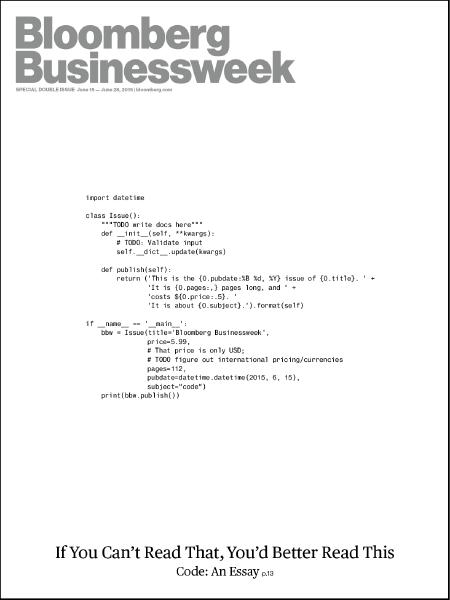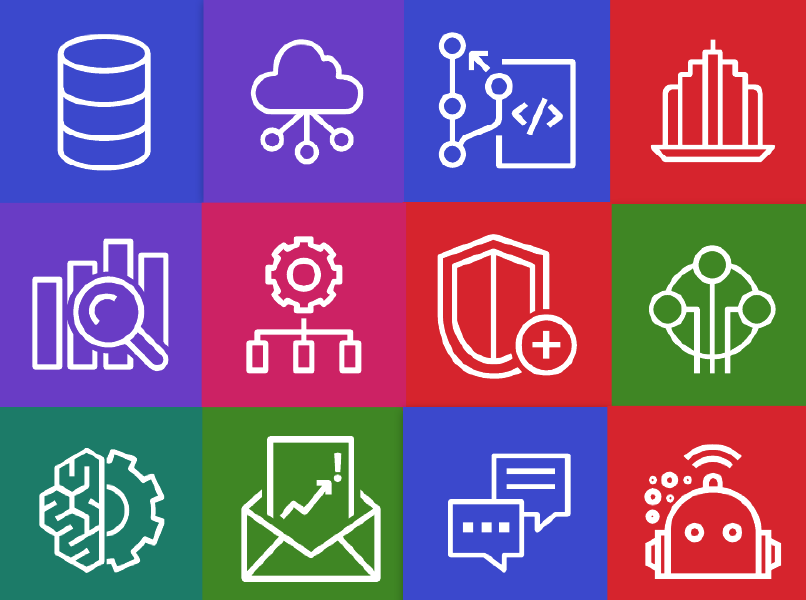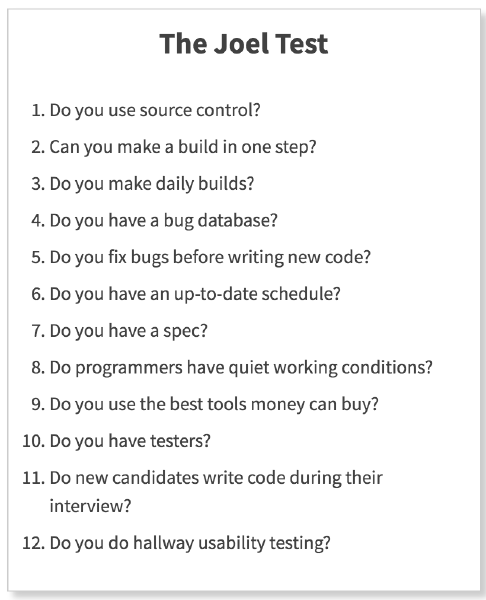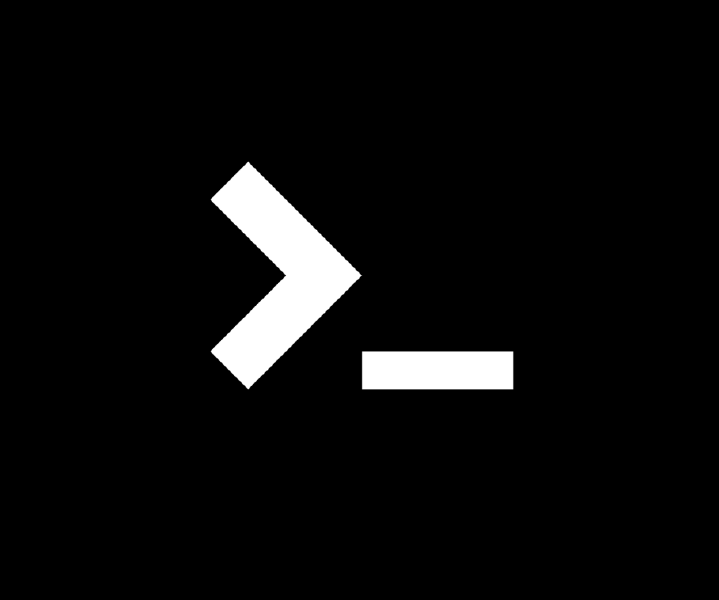Accidental posting: Yegge accidentally made an internal Google memo public on Google+ in October 2011. His 3,700-word comment garnered major media and blogger attention for Yegge's pointed commentary criticizing the leanings of the company's technological culture (such as labeling Google+'s minimalist and, in his view, lackluster public platform "a pathetic afterthought") as well as for his comments about his former employer, Amazon (such as calling Amazon CEO Jeff Bezos "Dread Pirate Bezos"). Google co-founder Sergey Brin stated that he would still have his job.[24] Washington Post reporter Melissa Bell stated that Yegge's public rant was a Jerry Maguire moment.
This article explains everything on the software spectrum from burning barrels full of cash to what it takes a computer to print an “A” on the screen.
The first time I read this.. my. mind. was. blown.
Because of some visual animations in the official online version, below, I find somewhat difficult to /readconsume. I recommend googling for the PDF and reading that instead : PDF version.
The full article is available online for free What is Code (Interactive).



